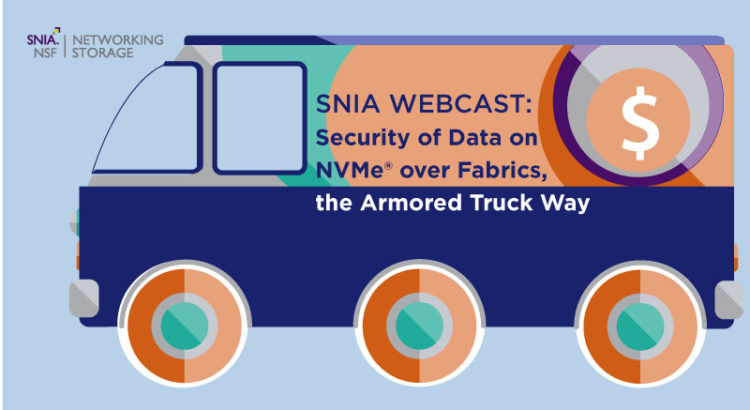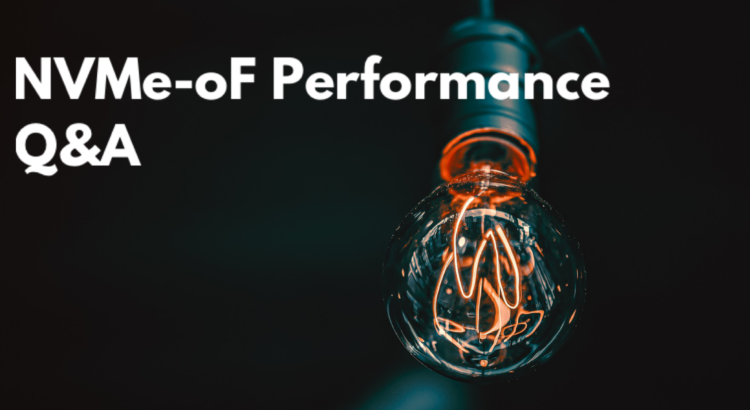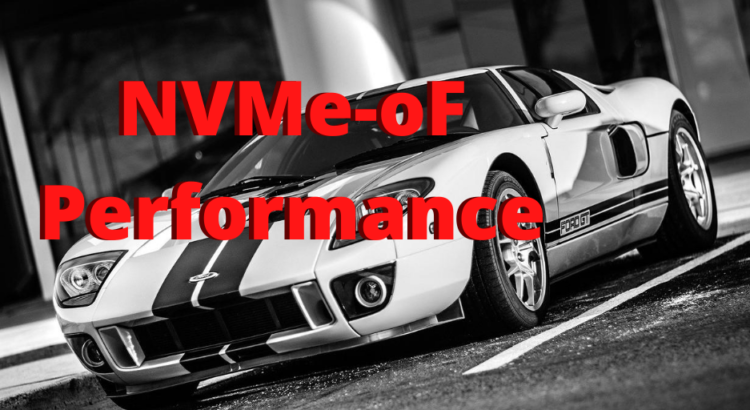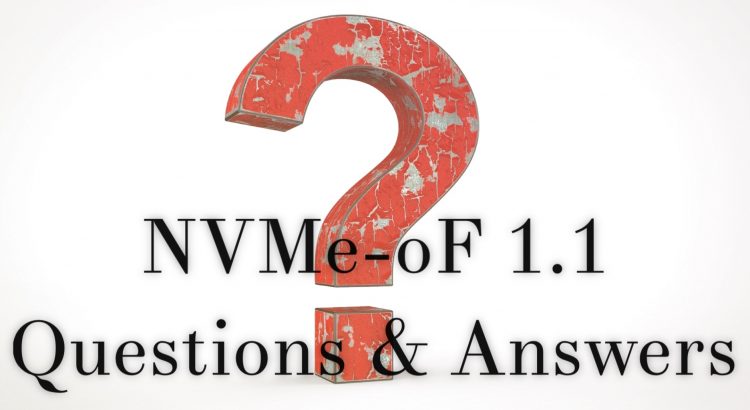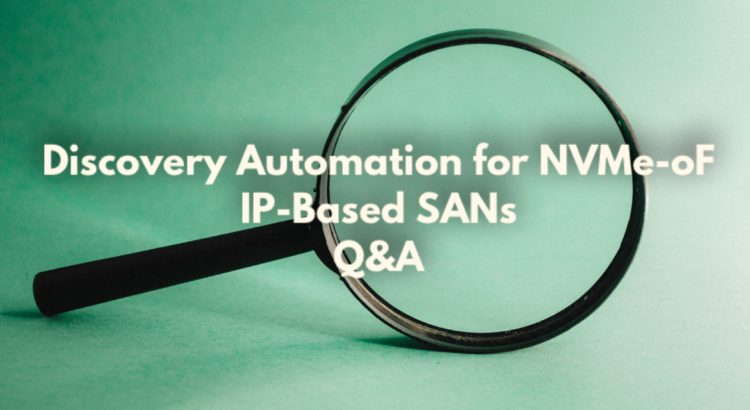
A Q&A on Discovery Automation for NVMe-oF IP-Based SANs
In order to fully unlock the potential of the NVMe® IP
based SANs, we first need to address the manual and error prone process that is
currently used to establish connectivity between NVMe Hosts and NVM subsystems.
Several leading companies in the industry have joined together through NVM
Express to collaborate on innovations to simplify and automate this discovery
process.
This was the topic of discussion at our recent SNIA Networking
Storage Forum webcast “NVMe-oF:
Discovery Automation for IP-based SANs” where our experts, Erik
Smith and Curtis Ballard, took a deep dive on the work that is being done to
address these issues. If you missed the live event, you can watch it on
demand here and get a copy of the slides. Erik and Curtis did not
have time to answer all the questions during the live presentation. As
promised, here are answers to them all.
Q. Is the Centralized Discovery Controller (CDC)
highly available, and is this visible to the hosts? Do they see a pair of CDCs on the network and
retry requests to a secondary if a primary is not available? Read More


 specification and ecosystem are growing in scope to include full enablement and alignment for NVMe® and NVMe-oF client workloads and use cases. By partnering with other industry-standard organizations including DMTF®, NVM Express, and OpenFabrics Alliance (OFA), SNIA’s Scalable Storage Management Technical Work Group has updated the Swordfish bundles from version 1.2.1 and later to cover an expanding range of NVMe and NVMe-oF functionality including NVMe device management and storage fabric technology management and administration.
The Need
Large-scale computing designs are increasingly multi-node and linked together through high-speed networks. These networks may be comprised of different types of technologies, fungible, and morphing. Over time, many different types of high-performance networking devices will evolve to participate in these modern, coupled-computing platforms. New fabric management capabilities, orchestration, and automation will be required to deploy, secure, and optimally maintain these high-speed networks.
specification and ecosystem are growing in scope to include full enablement and alignment for NVMe® and NVMe-oF client workloads and use cases. By partnering with other industry-standard organizations including DMTF®, NVM Express, and OpenFabrics Alliance (OFA), SNIA’s Scalable Storage Management Technical Work Group has updated the Swordfish bundles from version 1.2.1 and later to cover an expanding range of NVMe and NVMe-oF functionality including NVMe device management and storage fabric technology management and administration.
The Need
Large-scale computing designs are increasingly multi-node and linked together through high-speed networks. These networks may be comprised of different types of technologies, fungible, and morphing. Over time, many different types of high-performance networking devices will evolve to participate in these modern, coupled-computing platforms. New fabric management capabilities, orchestration, and automation will be required to deploy, secure, and optimally maintain these high-speed networks. 